How To Plant Broccoli Seeds Organically for Healthier Crops
- February 23, 2024
- 0 comment
Broccoli, a member of the cabbage family, is renowned for its nutritional benefits and is a staple in many kitchens around the world. Planting broccoli from seeds can be a rewarding experience for any gardener, whether you’re a seasoned green thumb or a beginner. This guide will walk you through the process of planting broccoli seeds, ensuring a healthy and bountiful harvest.
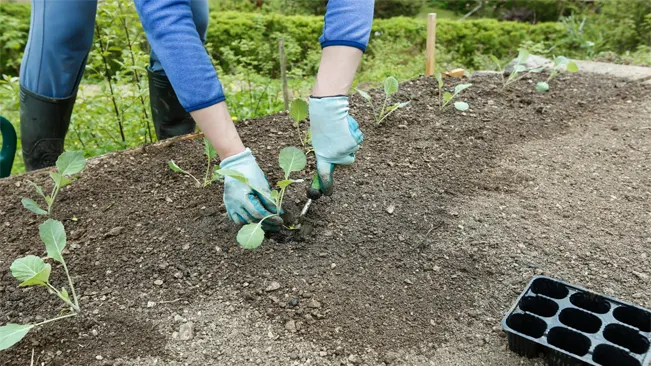
Nutritional Benefits of Broccoli
| Benefit | Description |
|---|---|
| Rich in Nutrients | Broccoli is a nutrient powerhouse, packed with vitamins A, C, and K, along with minerals like potassium and iron. |
| High in Fiber | It’s a great source of dietary fiber, which is beneficial for digestive health. |
| Antioxidant Properties | Contains powerful antioxidants such as sulforaphane, which can help in reducing oxidative stress in the body. |
| Supports Heart Health | The fiber, potassium, and antioxidants in broccoli can contribute to better heart health. |
| Aids in Weight Management | Being low in calories and high in fiber, broccoli can help in weight management and satiety. |
| Boosts Immune System | High vitamin C content boosts the immune system, making it more effective in fighting off infections. |
| Promotes Bone Health | Contains Vitamin K and calcium, which are essential for bone health and preventing osteoporosis. |
| Supports Eye Health | High levels of antioxidants like lutein and zeaxanthin are important for eye health. |
| Anti-Inflammatory Effects | Broccoli has anti-inflammatory properties due to its bioactive compounds. |
| May Have Cancer-Preventing Properties | Compounds in broccoli, like sulforaphane, may have anti-cancer properties, although more research is needed in this area. |
Materials Needed
- Broccoli seeds
- Seedling trays or small pots
- Potting mix
- Watering can or spray bottle
- Fertilizer (optional)
- Gardening tools (trowel, hoe, etc.)
- Mulch (organic, like straw or wood chips)
Choosing the Right Time
Broccoli thrives in cooler temperatures. The best time to plant broccoli seeds is either early spring or late summer, depending on your local climate.
Considering Your Climate Zone
- Mild Winters: In areas with mild winters, planting in late summer to early fall is ideal. This timing allows the broccoli to mature during the cooler months.
- Harsh Winters: In regions with cold, harsh winters, aim to plant in early spring. You can start seeds indoors about 4-6 weeks before the last expected frost date, then transplant them outdoors when the danger of hard frost has passed.
Soil Temperature
- Broccoli seeds germinate best when the soil temperature is between 45°F and 85°F (7°C – 29°C), with the optimum range around 70°F – 80°F (21°C – 27°C).
- Use a soil thermometer to check your garden’s soil temperature before planting.
Utilizing Growing Seasons
- Spring Planting: If you’re planting in the spring, ensure that your plants will mature before the hottest summer months, as broccoli can bolt (go to seed) in hot conditions.
- Fall Planting: For a fall harvest, plant in late summer so your broccoli matures as the weather cools down. This can often lead to sweeter tasting broccoli, as cooler temperatures can enhance its flavor.
Frost Tolerance
- Broccoli can tolerate light frosts. In fact, light frost can improve its flavor. However, protect your plants if a hard frost is expected. Use row covers or similar protection to shield your plants from extreme cold.
Microclimates and Local Conditions:
- Be mindful of microclimates in your area. Factors like elevation, proximity to water bodies, and urban heat can affect local growing conditions.
- It’s always a good idea to consult local gardening groups or agricultural extension offices for specific advice tailored to your area.
Starting Indoors
Starting broccoli seeds indoors is beneficial because it allows you to control the environment, ensuring optimal conditions for germination. This is especially important in regions with short growing seasons or unpredictable weather.
Selecting Seedling Trays or Pots
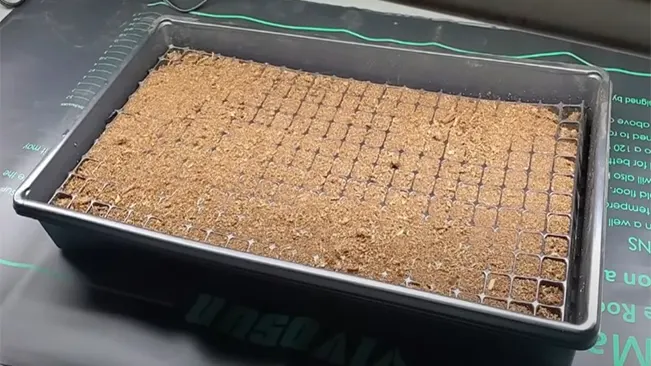
- Choose trays or small pots that have good drainage to prevent waterlogging. Each cell or pot should be at least 2-3 inches deep to accommodate the initial root growth.
Choosing the Right Potting Mix
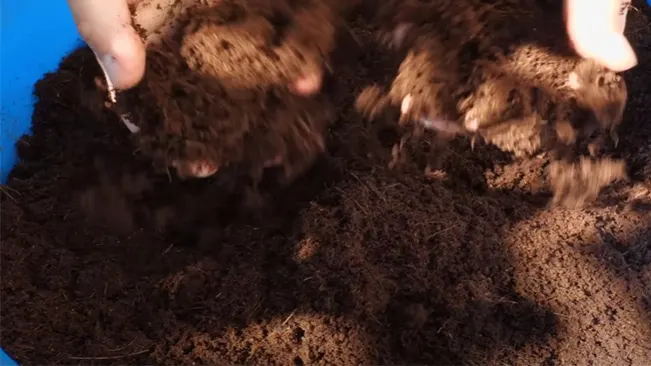
- A high-quality potting mix is essential for healthy seedlings. Look for a mix that is specifically designed for seed starting, as it will have the right balance of nutrients and drainage properties. Avoid using garden soil as it can contain pathogens and may not drain well.
Planting the Seeds
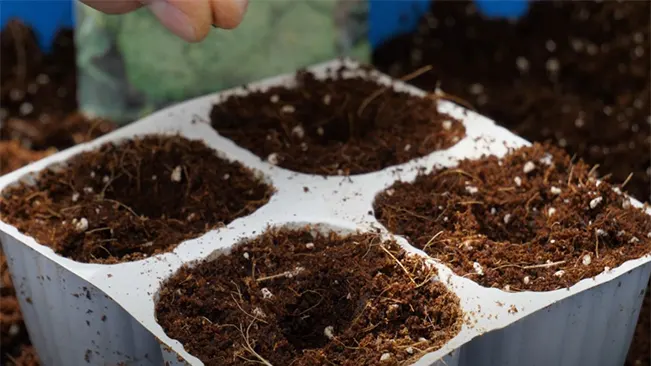
- Sow the broccoli seeds about ½ inch deep in the soil. This depth provides the right balance of moisture retention and access to light, which is crucial for germination.
- Space the seeds out evenly. If you’re using a tray, plant one or two seeds per cell. In pots, you can sow a few seeds and then thin out the weakest seedlings later.
Soil Moisture
- Keeping the soil moist is vital for seed germination. Use a spray bottle to gently water the soil, ensuring it’s damp but not saturated.
- Check the soil daily. The top layer should never be allowed to dry out completely, but also avoid over-watering which can lead to fungal diseases like damping-off.
Germination
Germination is the process through which a seed develops into a new plant. This critical phase sets the foundation for a healthy broccoli plant. Understanding and providing the right conditions for germination are key to successful broccoli cultivation.
The Germination Process
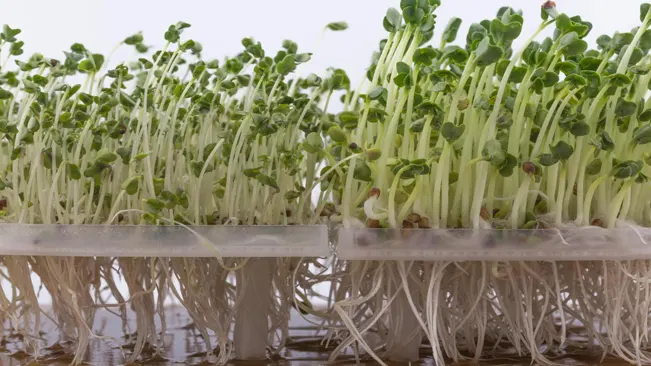
- Seed Swelling:
- Initially, the seed absorbs water, swelling in size. This moisture breaks down the seed’s outer coating, triggering internal growth processes.
- Sprouting:
- Within 5-10 days, the embryo within the seed starts to grow and eventually breaks through the seed coat.
- The first part to emerge is typically the radicle, or embryonic root, which anchors the plant into the soil.
- Emergence of Seedlings:
- After the root, the shoot emerges, growing upwards towards the light. This shoot will develop into the stem and leaves of the plant.
- The first leaves that appear are known as cotyledons or seed leaves. These are not true leaves but serve to provide initial nutrients and photosynthesis for the young seedling.
Transplanting Seedlings
Understanding the Right Time for Transplanting
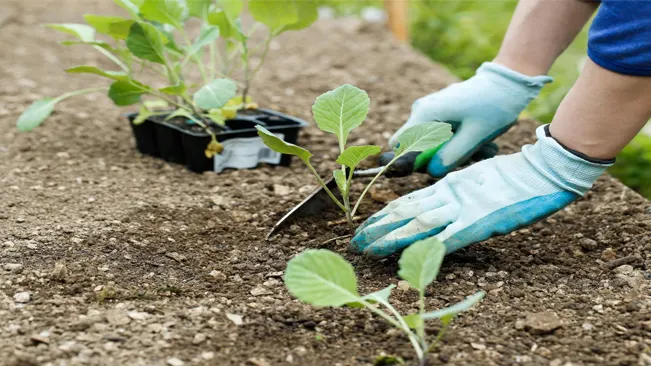
- Size and Development: The ideal time to transplant broccoli seedlings is when they are about 6 inches tall. At this stage, they should have at least two sets of true leaves. These are the leaves that emerge after the initial seed leaves (cotyledons) and are a sign of a healthy, growing seedling.
- True Leaves: True leaves resemble the mature leaves of the plant and indicate that the seedling has moved beyond the initial, fragile stage of development.
Preparing for Transplantation
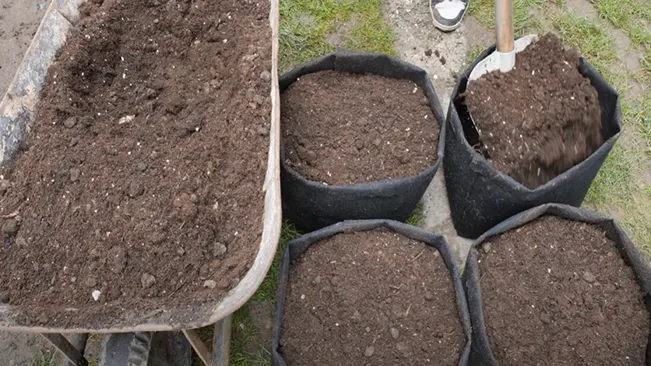
- Hardening Off: Before moving your seedlings outdoors permanently, they need to go through a process called “hardening off.” This process involves gradually exposing the seedlings to outdoor conditions over a week. Begin by placing them outside for a few hours each day, gradually increasing the time they spend outdoors. This helps them adjust to the sunlight, temperature fluctuations, and less controlled environment.
- Choosing the Right Location: Select a spot in your garden that receives full sunlight. Broccoli requires a good amount of sunlight (at least 6 hours per day) to develop properly.
- Soil Requirements: Ensure the soil is well-drained. Broccoli does not fare well in waterlogged soil. If necessary, improve soil drainage by adding organic matter or creating raised beds.
Transplanting Process
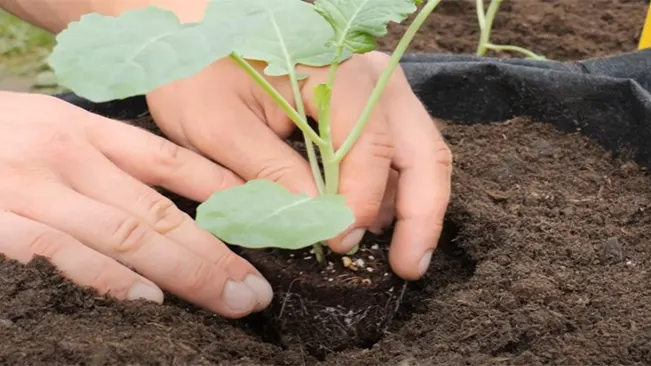
- Watering Seedlings: Water the seedlings well before transplanting. This helps to minimize transplant shock.
- Soil Preparation: Prepare the soil in your garden bed by loosening it. You can mix in compost or a balanced fertilizer to enrich the soil and promote growth.
- Digging Holes: Dig holes in your garden bed that are slightly larger than the root ball of your seedlings. The spacing should be about 18 inches apart, as broccoli plants need space to expand and grow.
- Transplanting: Carefully remove each seedling from its container. Handle the seedlings by the leaves, not the stem, as the stem is easily damaged. Place each seedling in a hole and gently fill the hole with soil, patting down around the base of the plant.
- Watering After Transplanting: Water the seedlings immediately after transplanting. This helps settle the soil around the roots and provides necessary hydration.
- Mulching: Apply a layer of organic mulch around the plants. Mulch helps to retain soil moisture and suppress weeds.
Post-Transplant Care

- Regular Watering: Keep the soil consistently moist, especially in the first few weeks after transplanting.
- Protection from Pests: Monitor for pests and diseases, as young plants can be particularly vulnerable.
- Staking or Support: Depending on the variety, some broccoli plants might require staking or support as they grow.
Harvesting
Identifying the Right Time to Harvest
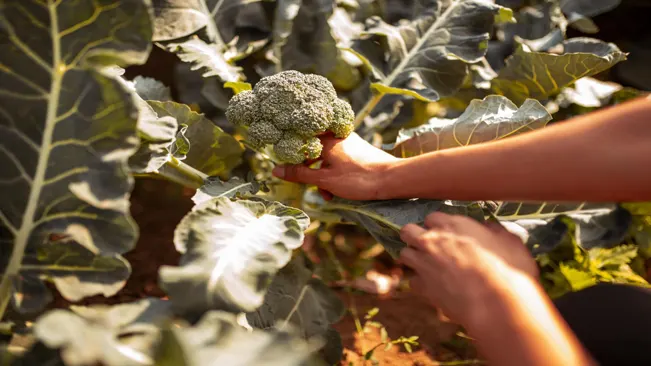
- The key to harvesting broccoli is timing. You want to harvest when the head is fully formed but before it starts to flower. The heads should be firm, tight, and green.
- The buds of the head should be small and tightly packed together. If you see yellow petals starting to form, this indicates the broccoli is about to flower, and you should harvest immediately.
How to Cut the Broccoli
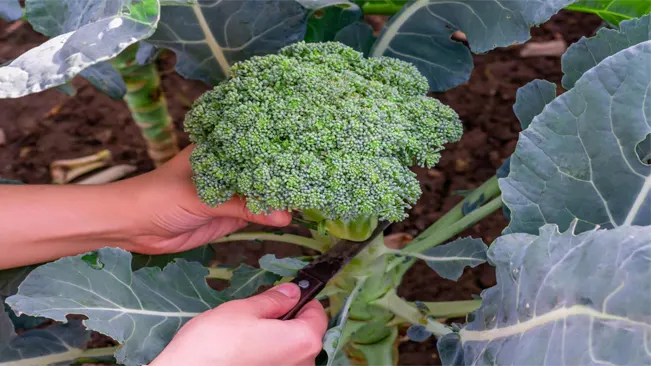
- Use a sharp knife or a pair of garden shears for cutting.
- Make the cut about 5-6 inches below the head of the broccoli. Cutting at an angle helps to prevent water from accumulating on the cut surface, which can lead to rot.
- Be gentle while cutting to avoid damaging the plant, as it will continue to produce side shoots.
After the Main Head is Harvested
- After you harvest the main head, the plant will typically produce several smaller side shoots. These can also be harvested and are often more tender than the main head.
- Keep an eye on these side shoots and harvest them when they reach a good size but before the flowers open.
Continual Harvest
- With proper care, a broccoli plant can continue to produce side shoots for several weeks, extending the harvesting period.
- Regularly harvesting these side shoots encourages the plant to produce more.
Handling and Storage
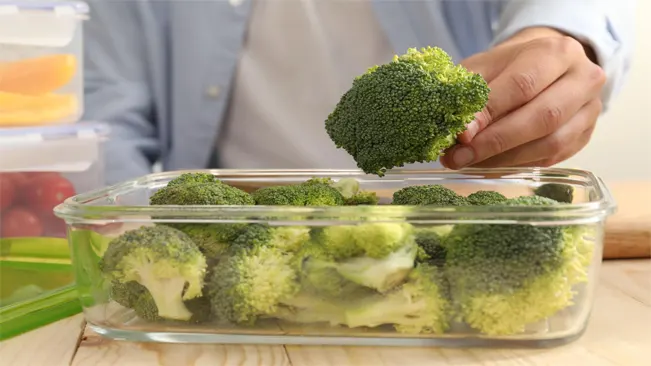
- Handle the harvested broccoli gently to avoid bruising.
- Broccoli is best used fresh, but it can be stored in the refrigerator for up to a week. Store it in a loose plastic bag to retain moisture.
- For longer storage, broccoli can be blanched and frozen.
Conclusion
Planting broccoli seeds is a straightforward process that can lead to a satisfying and healthy addition to your meals. With proper care, you can enjoy fresh broccoli from your garden, reaping both the culinary and nutritional benefits of this versatile vegetable. Happy gardening!
FAQs (Frequently Asked Questions)
- When is the best time to plant broccoli seeds?
Broccoli seeds should be planted in early spring for a summer harvest or in late summer for a fall harvest. They thrive in cooler temperatures. - Can I start broccoli seeds indoors?
Yes, starting broccoli seeds indoors is recommended. Plant them 4-6 weeks before the last expected frost date in spring, or 6-8 weeks before the first expected frost date in fall. - How deep should I plant broccoli seeds?
Plant broccoli seeds about ½ inch deep in the soil. - How long does it take for broccoli seeds to germinate?
Broccoli seeds typically germinate within 5-10 days under the right conditions. - What kind of soil is best for broccoli?
Broccoli prefers well-drained, fertile soil with a pH between 6.0 and 7.0. Adding compost or organic matter can improve soil quality. - How much sunlight do broccoli plants need?
Broccoli plants require full sunlight, which means at least 6-8 hours of direct sunlight daily. - When should I transplant broccoli seedlings outdoors?
Transplant broccoli seedlings outdoors when they are about 6 inches tall and have at least two sets of true leaves, after hardening them off for a week. - How much space do broccoli plants need?
Space broccoli plants 18 to 24 inches apart in rows, with rows spaced 24 to 36 inches apart. - How often should I water broccoli plants?
Broccoli needs consistent moisture. Water plants regularly to keep the soil moist but not waterlogged. Aim for about 1 to 1.5 inches of water per week. - When is broccoli ready to harvest?
Harvest broccoli when the heads are firm and tight, before the flowers start to bloom. This is usually 55-70 days from transplanting.
Start your organic broccoli journey today and look forward to harvesting healthier, tastier crops. Happy gardening!

Kristine Moore
Forestry AuthorI'm Kristine Moore, a seasoned garden landscaping professional with over 30 years of experience. My extensive career has been dedicated to transforming outdoor spaces into stunning, sustainable landscapes. With a deep understanding of horticulture, design principles, and environmental stewardship, I have become a respected figure in the field, known for creating harmonious, visually appealing, and eco-friendly gardens. My commitment to excellence and continuous learning in landscaping trends and techniques has solidified my reputation as an expert in garden design and implementation.

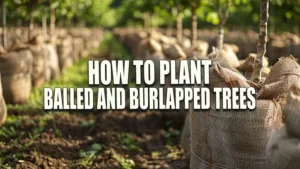
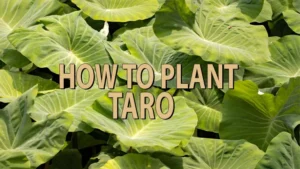

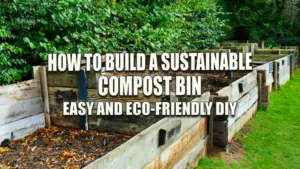

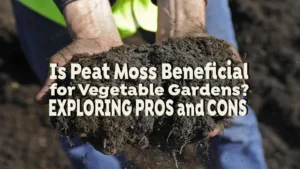
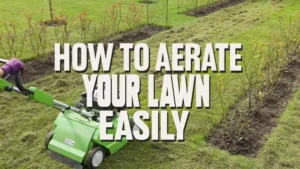





Leave your comment